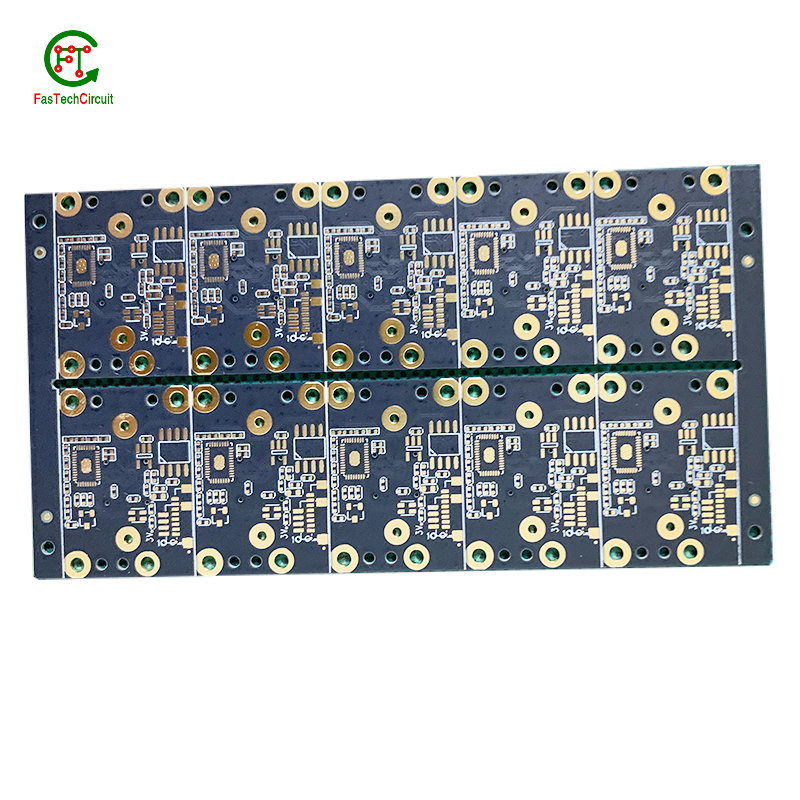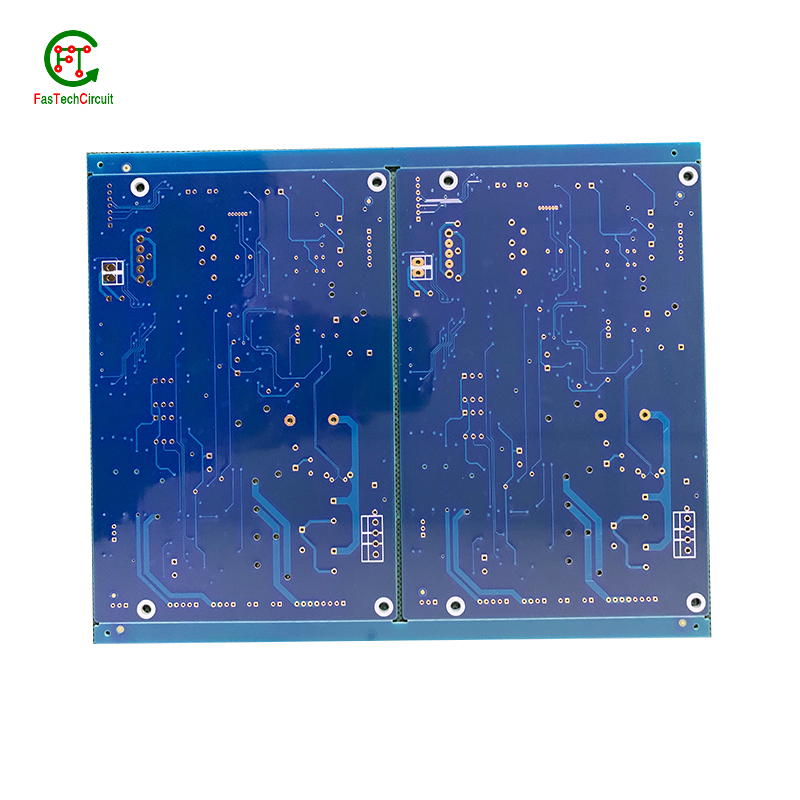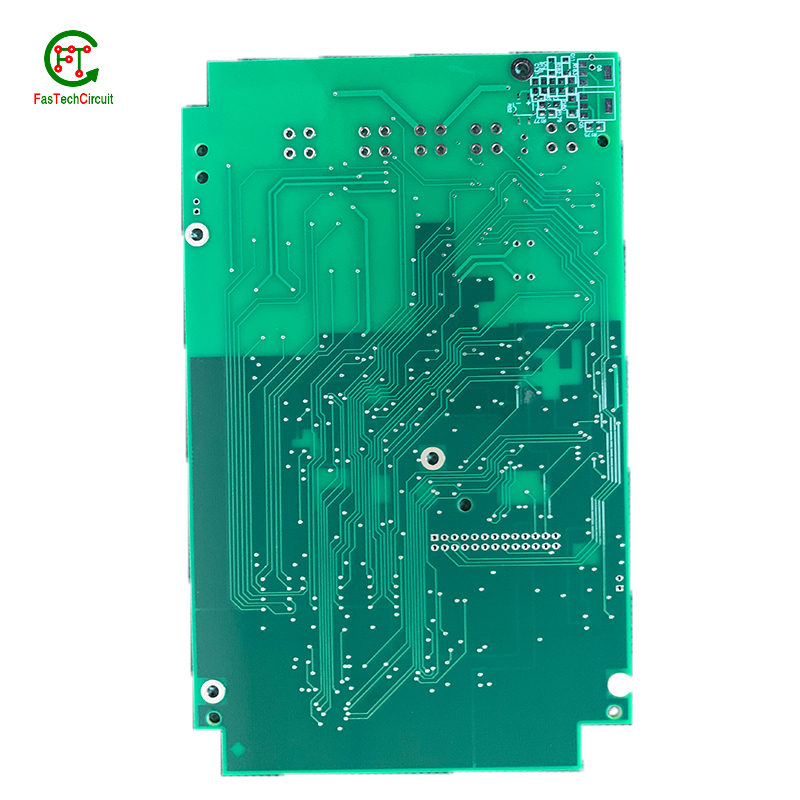How to Ensure High-Quality PCB Assembly for Your Electronic Devices?
PCB assembly is a critical step in the manufacturing process of electronic devices. It involves soldering electronic components onto a printed circuit board (PCB) to create a fully functional and reliable product. Ensuring high-quality PCB assembly is critical to guaranteeing the performance, durability and longevity of electronic equipment. FasTechCircuit provides a comprehensive guide on how to achieve high-quality PCB assembly for your projects.
Hot Tags: About FasTechCircuit, product details, PCB board manufacturer
1. Collaborate with an Experienced Assembly Partner:
Choosing the right PCB assembly partner is crucial to ensure high-quality assembly. Look for a manufacturer or assembly service provider with a proven track record and extensive experience in PCB assembly. Assess their expertise in handling projects similar to yours and their knowledge of industry standards and best practices.
2. Design for Manufacturability (DFM):
Implementing Design for Manufacturability (DFM) principles during the PCB design phase can significantly improve the quality and efficiency of the assembly process. Work closely with your PCB designer and assembly partner to optimize the design for efficient component placement, solderability, accessibility, and manufacturability. A well-designed PCB layout minimizes the risk of assembly errors and ensures proper functionality.
3. Component Selection and Sourcing:
Choosing high-quality electronic components is vital for reliable PCB assembly. Collaborate with your assembly partner to select components from reputable suppliers or manufacturers. Ensure that the components meet the required specifications, are compatible with the assembly process, and have a proven track record of reliability. Avoid counterfeit or substandard components, as they can lead to assembly failures and compromised performance.
4. Thorough Documentation and Instructions:
Provide comprehensive and accurate documentation and assembly instructions to your assembly partner. Clear and detailed instructions should cover component placement, orientation, soldering techniques, and any specific requirements for your project. Well-documented instructions minimize the chances of misinterpretation and errors during assembly.
5. Robust Quality Control Measures:
Implementing robust quality control measures is crucial for achieving high-quality PCB assembly. Work with your assembly partner to establish stringent quality control procedures, including visual inspection, automated optical inspection (AOI), and functional testing. These measures help identify and rectify any assembly defects, such as misaligned components, solder bridges, or faulty connections.
6. Advanced Soldering Techniques:
Soldering is a critical process in PCB assembly, and the use of advanced soldering techniques can significantly impact the quality of the final product. Collaborate with your assembly partner to determine the most suitable soldering method for your project, such as surface mount technology (SMT) or through-hole technology (THT). Ensure that the assembly technicians are skilled in proper soldering techniques and adhere to industry standards, such as IPC-A-610.
7. Adequate Heating and Cooling Profiles:
Appropriate heating and cooling profiles during the soldering process are essential to achieve reliable and robust solder joints. Work with your assembly partner to optimize the reflow or wave soldering profiles based on the components used and the PCB design. Proper temperature profiles ensure that the solder joints form correctly without causing thermal stress or soldering defects.
8. ESD Protection and Handling:
Electrostatic discharge (ESD) can cause irreparable damage to sensitive electronic components during assembly. Implement proper ESD protection measures throughout the assembly process, such as grounding workstations, using ESD-safe tools and equipment, and providing adequate training to assembly technicians. Minimizing ESD risks ensures the integrity and functionality of the assembled PCB.
9. Post-Assembly Inspection and Testing:
Conduct thorough post-assembly inspection and testing to validate the quality and functionality of the assembled PCBs. This includes visual inspection, automated testing equipment (ATE), in-circuit testing (ICT), functional testing, and reliability testing. By conducting comprehensive inspection and testing after PCB assembly, manufacturers can ensure the quality, reliability, and functionality of the final product. This rigorous quality control process minimizes the risk of defective PCBs reaching the market and helps deliver electronic devices that meet or exceed customer expectations.
Inspection and testing after PCB assembly is an important step in ensuring the quality and functionality of the board. In terms of inspection, there is a visual inspection of assembly quality, including soldering quality, component placement and polarity, etc. At the same time, electrical tests such as continuity test, short circuit test and resistance test are also carried out to ensure that the circuit connection is correct and there is no abnormality. In addition, functional testing can be performed to verify the function and performance of the board by simulating or operating in the actual application environment to ensure that it meets the design requirements. Through these inspections and tests, possible problems can be found and repaired in time, and the quality and reliability of PCB assembly can be improved.
RELATED NEWS
pcb board manufacturing How To Contact US
PCB from 1 to 30 layers, HDI, Heavy Copper, Rigid-flex board with "pcb board manufacturing One-Stop" service.






